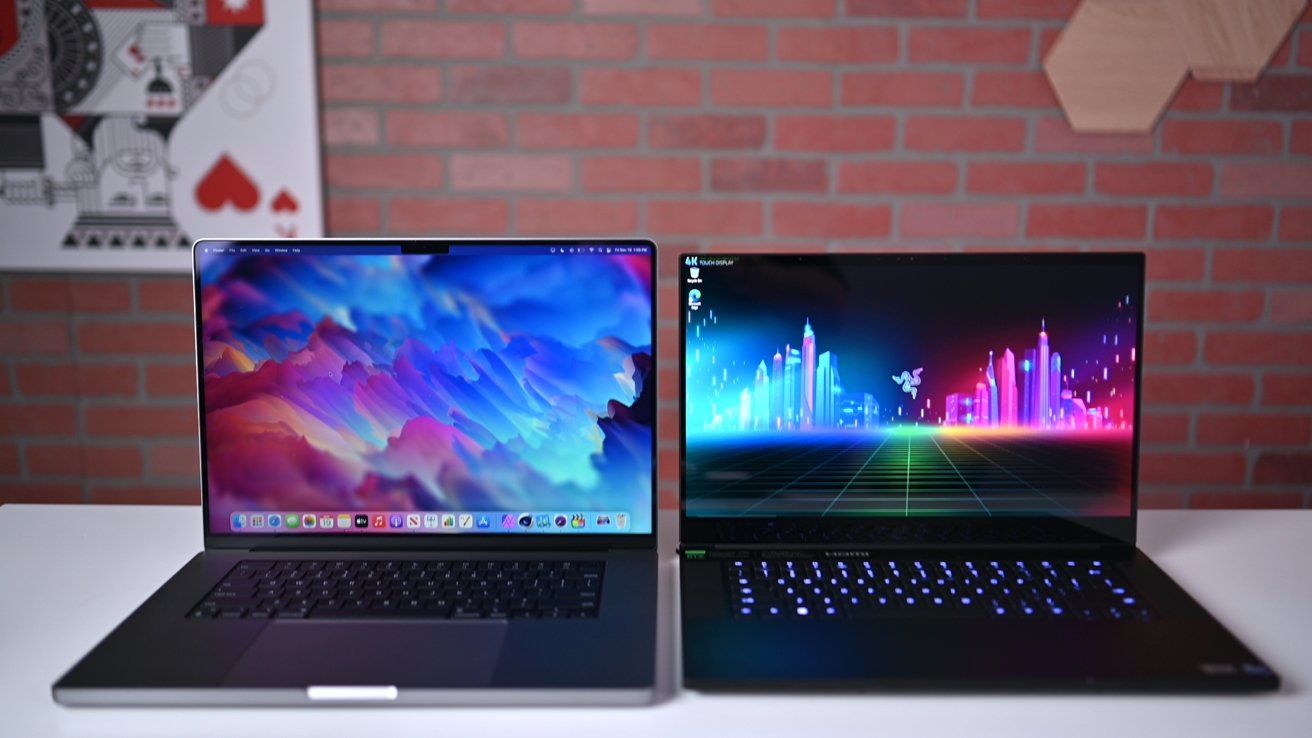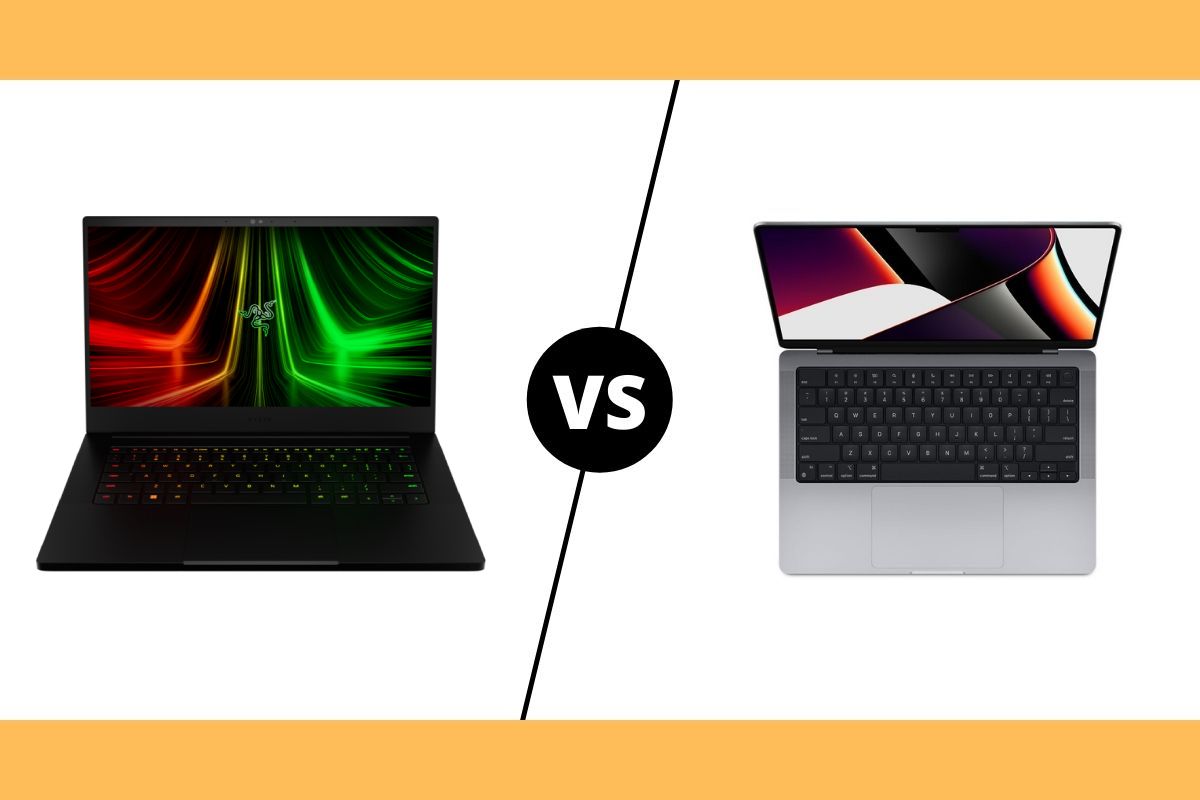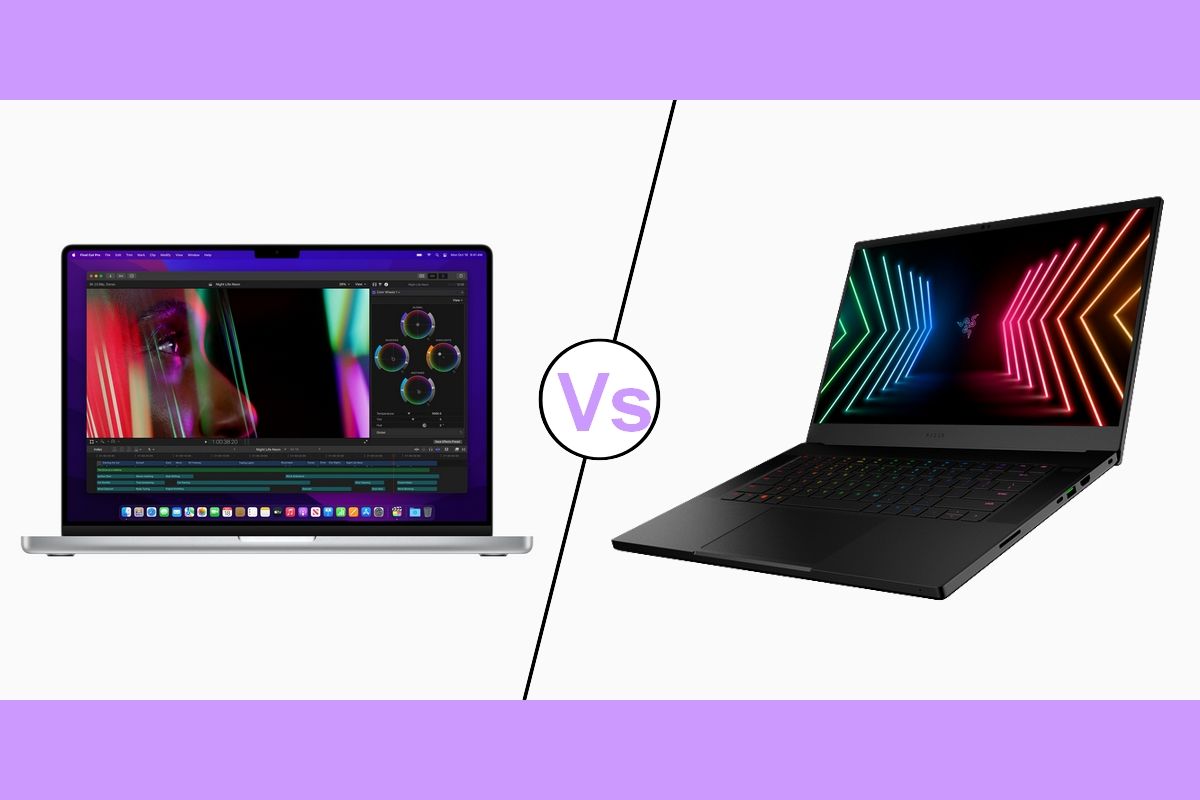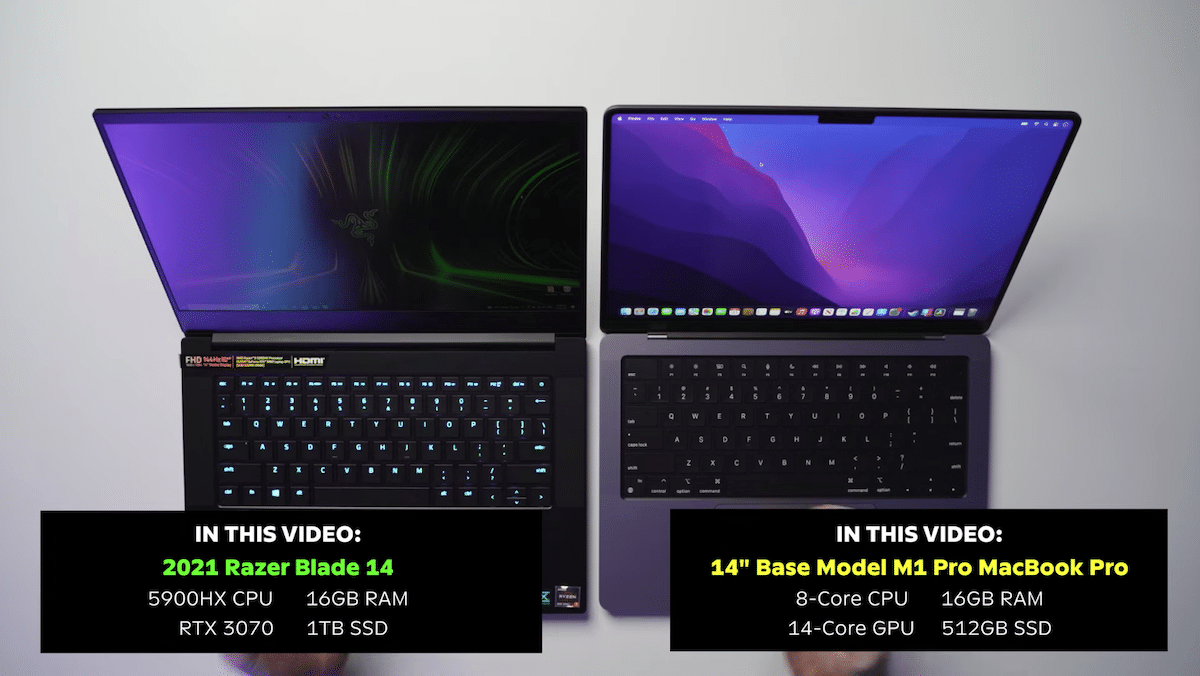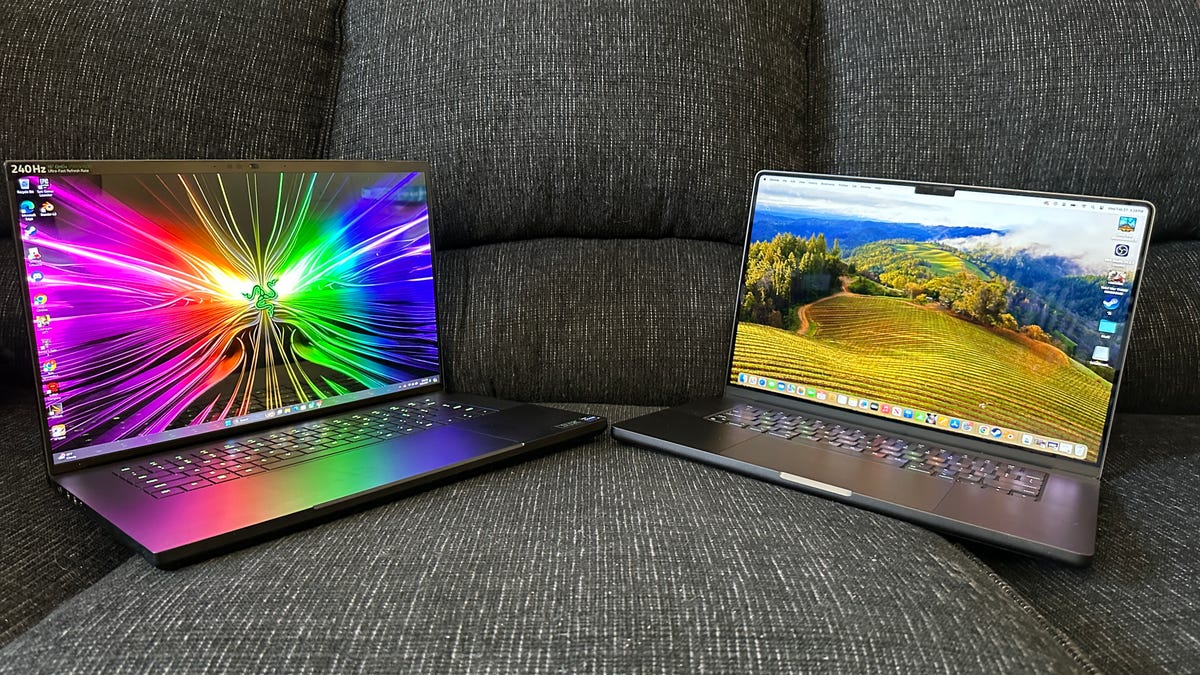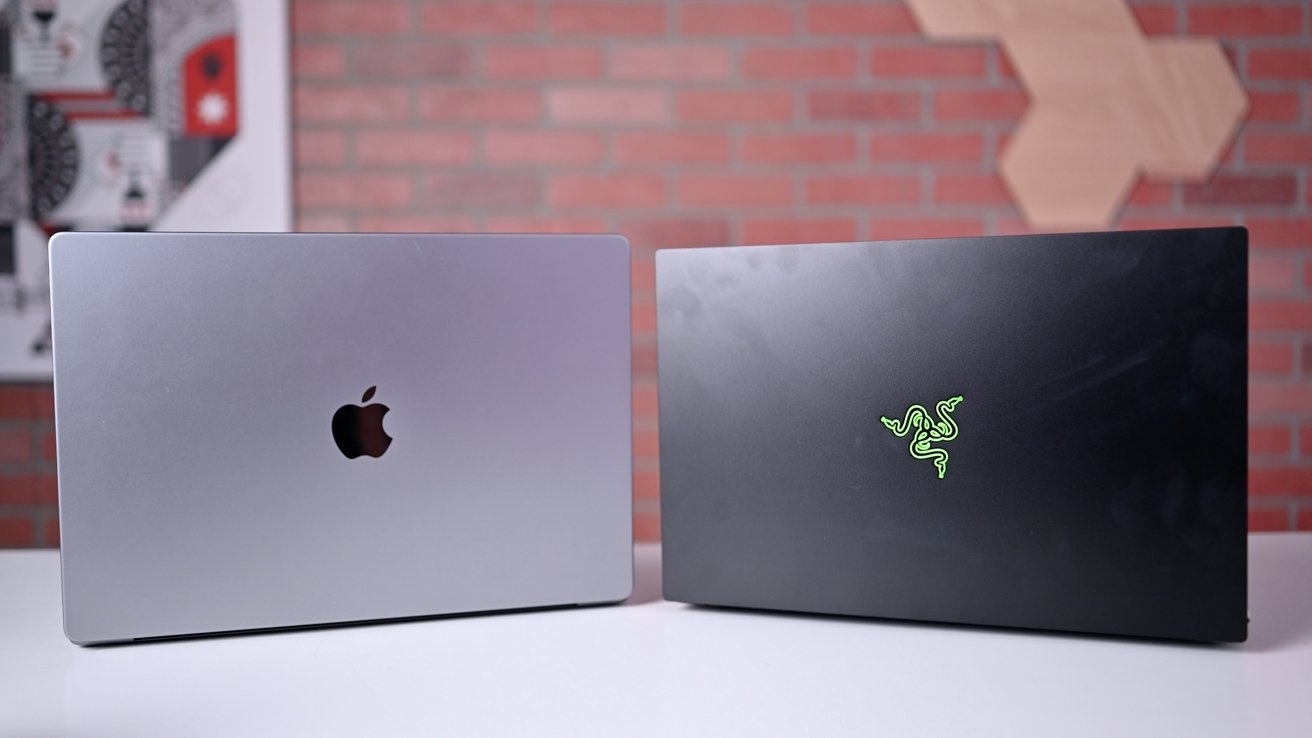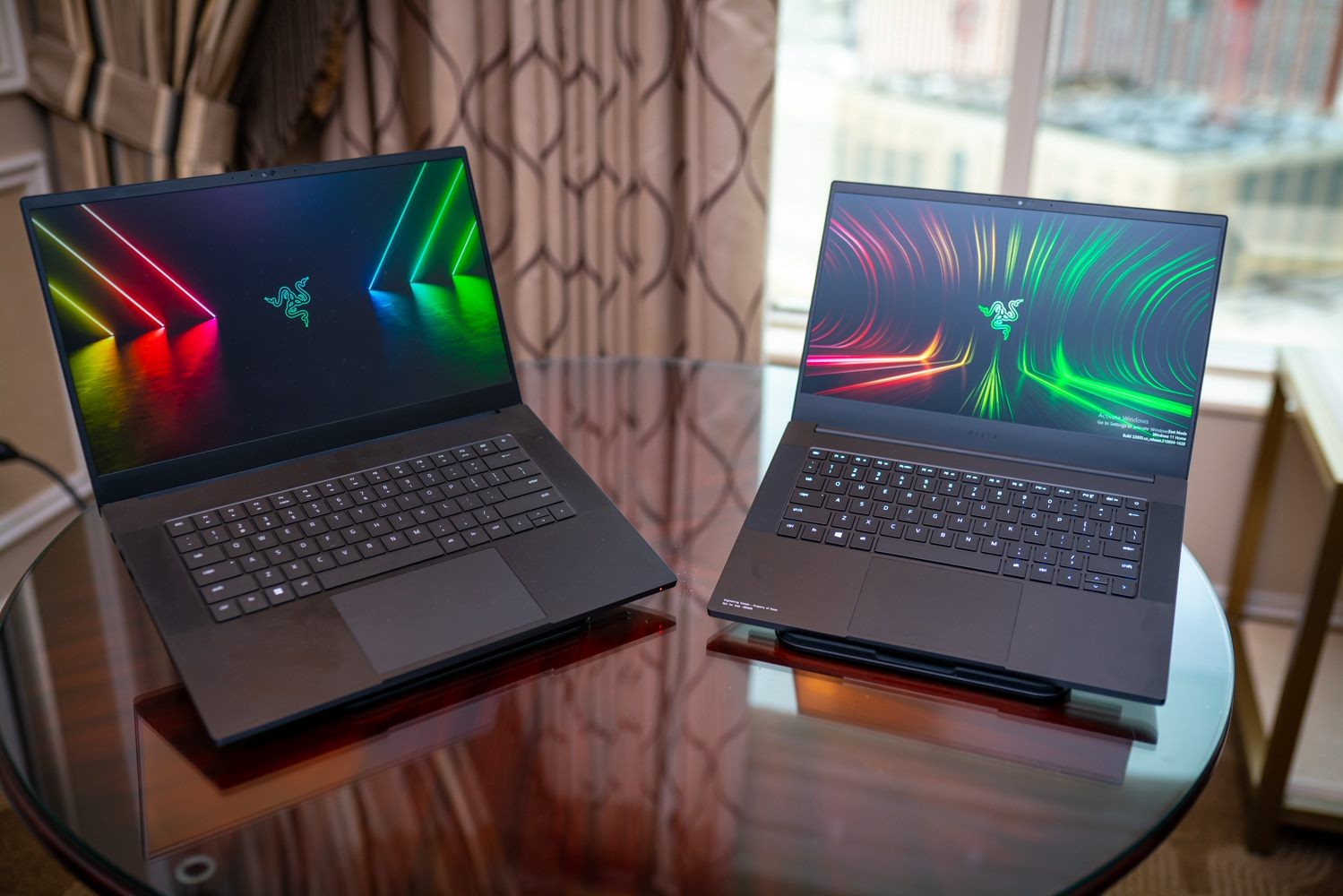Razer Blade Vs Macbook Pro Music Production
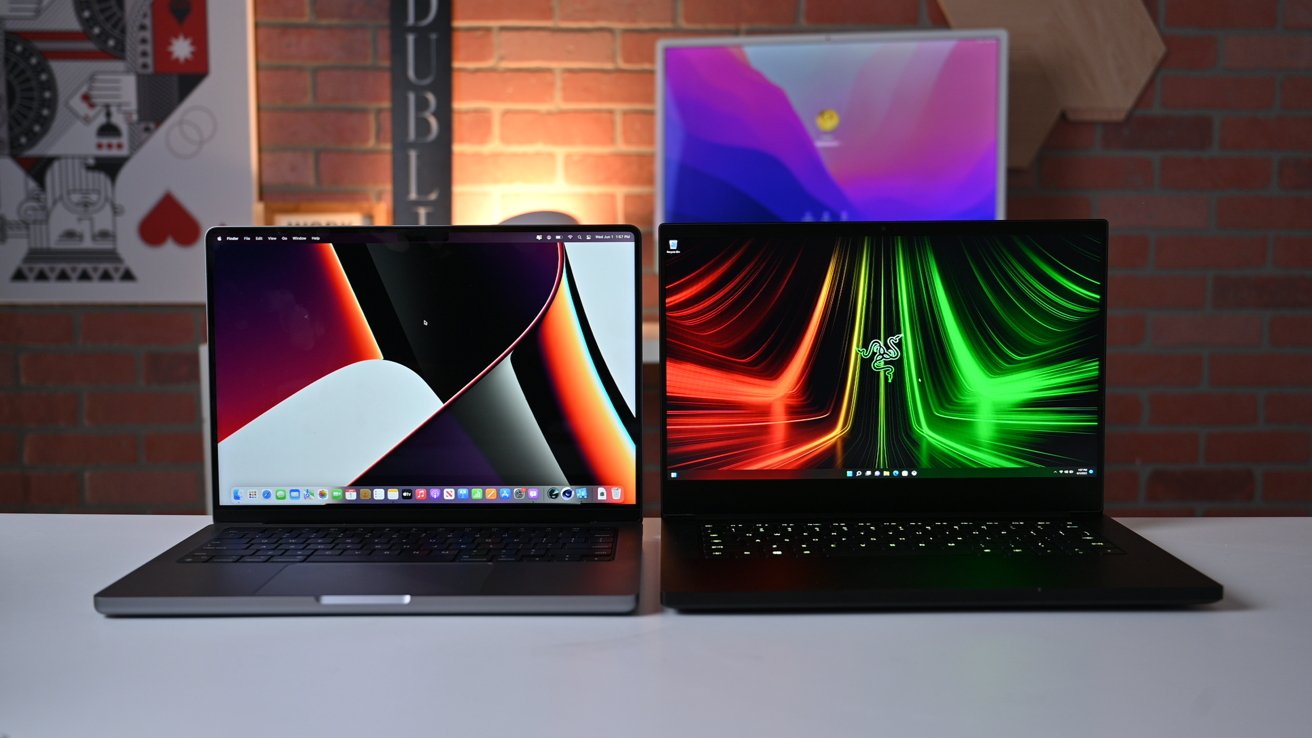
The world of digital music creation is a demanding landscape, requiring powerful and reliable machines. For musicians and producers, the choice of laptop is paramount, directly impacting workflow, creativity, and ultimately, the final product.
Two titans consistently stand out in this arena: the Razer Blade series and the MacBook Pro. But which reigns supreme when specifically considering the rigors of music production?
The Ultimate Music Production Showdown: Razer Blade vs. MacBook Pro
This article delves into a detailed comparison of the Razer Blade and MacBook Pro, focusing on their performance, software compatibility, portability, and overall suitability for music production. We'll examine key specifications, benchmark results, and real-world user experiences to provide a comprehensive guide for musicians seeking the ideal laptop for their creative endeavors.
Performance: CPU, RAM, and Storage
At the heart of any music production laptop lies its processor. Both Razer Blade and MacBook Pro offer configurations with high-end Intel Core i7 or i9 processors (or Apple Silicon equivalent), delivering ample power for demanding tasks like running multiple virtual instruments, processing complex audio effects, and handling large sample libraries.
RAM is crucial for smooth multitasking. Models from both lines commonly offer 16GB or 32GB of RAM, allowing for simultaneous use of several resource-intensive applications without noticeable lag. Choosing the correct RAM size largely depends on how many VST plugins are used.
Fast storage is also essential for quick loading times and seamless playback. Both laptops offer solid-state drives (SSDs) ranging from 512GB to 2TB or more, ensuring ample space for storing projects, samples, and software.
Software Compatibility: A Critical Factor
The choice of Digital Audio Workstation (DAW) often dictates the operating system of choice. While DAWs like Ableton Live, FL Studio, and Logic Pro are available on both Windows and macOS, Logic Pro remains exclusive to the MacBook Pro, making it a decisive factor for users heavily invested in the Apple ecosystem.
Plugin compatibility can also differ slightly. While most major plugin developers support both platforms, occasional discrepancies or platform-specific optimizations may exist.
Consider the software workflow when choosing.
Display and Audio: Critical for Creative Workflow
A high-quality display is crucial for detailed editing and mixing. Both the Razer Blade and MacBook Pro boast excellent displays with accurate color reproduction and wide viewing angles, offering a visually pleasing and precise experience.
Integrated speakers are a convenience, but most music professionals rely on external monitors or headphones for critical listening. While both laptops offer decent built-in audio, neither can replace dedicated audio interfaces and professional-grade monitoring systems.
Portability and Battery Life: On-the-Go Production
For musicians who frequently travel or perform live, portability and battery life are vital considerations. Razer Blade laptops are generally known for their sleek designs and relatively lightweight builds, making them easy to carry around.
MacBook Pro models have historically excelled in battery life, often providing several hours of continuous use on a single charge. However, Apple Silicon has created another leap in battery technology, especially the models with the M series chips.
Battery life will greatly depend on usage. Intensive audio rendering will deplete battery much faster.
User Experience and Ecosystem: A Matter of Preference
The choice between Razer Blade and MacBook Pro often comes down to personal preference and ecosystem integration. MacBook Pro users benefit from seamless integration with other Apple devices and services, while Razer Blade users may prefer the flexibility and customization options of Windows.
The macOS ecosystem with features like AirDrop and iCloud can be a significant advantage for those already invested in Apple's ecosystem. On the other hand, Windows offers a broader range of software and hardware compatibility.
Benchmarks and Real-World Performance: Digging into the Data
While synthetic benchmarks can provide some insight into raw performance, real-world testing is crucial for evaluating a laptop's suitability for music production. User reports and independent reviews often highlight the performance of both Razer Blade and MacBook Pro in demanding tasks like processing heavy audio sessions and running CPU-intensive plugins.
Consider both professional reviews and feedback from working producers when making a decision. Look for consistent performance reports.
The Verdict: Choosing the Right Tool for the Job
Ultimately, the "best" laptop for music production depends on individual needs and priorities. The MacBook Pro remains a strong contender, especially for those deeply ingrained in the Apple ecosystem or committed to using Logic Pro. However, the Razer Blade offers a compelling alternative for Windows users seeking powerful performance, sleek design, and broader hardware compatibility.
Before making a final decision, consider factors like preferred DAW, plugin compatibility, portability requirements, budget constraints, and ecosystem preferences. Both the Razer Blade and MacBook Pro are capable machines, and the ideal choice ultimately depends on what best fits your specific creative workflow.
